Crafting the Perfect Chest: Your Comprehensive Guide to Effective Chest Workouts
A strong, well-defined chest isn't just about aesthetics; it's a symbol of power and resilience in the world of fitness. Chest workouts hold a pivotal place in a well-rounded exercise regimen, impacting not only your physical appearance but also your upper body strength. In this article, we'll delve into the essentials of chest workouts, exploring keywords such as "chest muscles," "chest exercises," "upper chest," and more.
Proper form and technique are vital components of effective chest workouts, and we'll offer guidance on how to engage your pectoral muscles while protecting your shoulders and maintaining proper posture. By the time you finish reading, you'll have the knowledge and tools to create an effective chest workout routine tailored to your goals and aspirations.
Whether you're a seasoned fitness enthusiast or just starting your journey, understanding chest workouts is a key step toward a stronger, healthier upper body. So, let's dive into the world of chest training, and unlock the potential of your pectoral muscles.
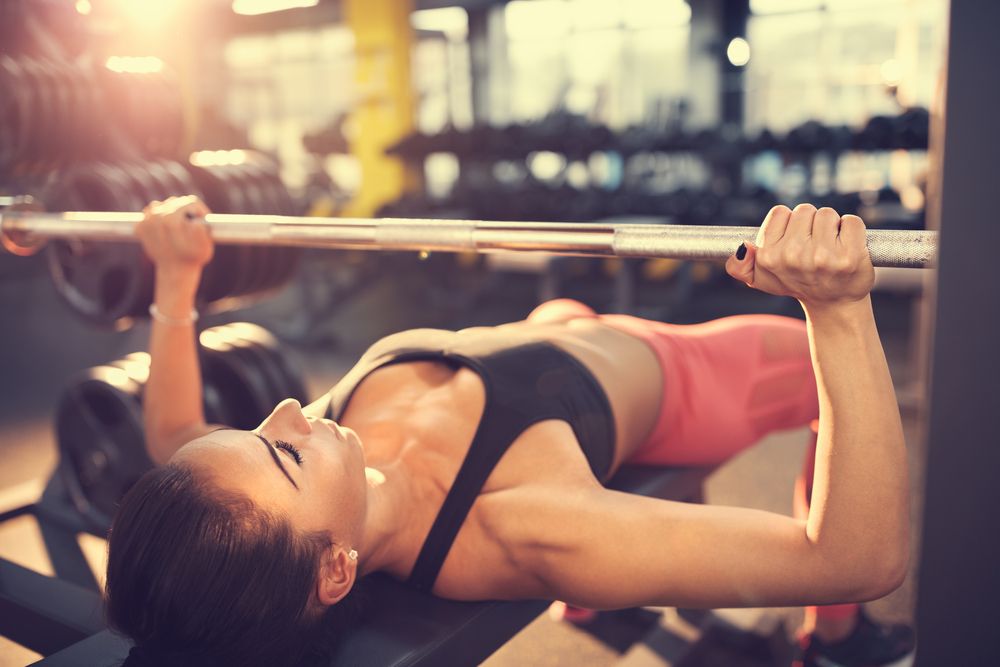
The Basics of Chest Workouts
The foundation of a successful chest workout regimen lies in understanding the basics. Here, we will explore the fundamentals of chest workouts, including the anatomy of the chest muscles and the key chest exercises that form the core of any upper-body training program.
Understanding the Anatomy of Chest Muscles:
The chest, comprised of the pectoral muscles, is a complex group that plays a critical role in various upper-body movements. Two primary components make up the chest muscles: the pectoralis major and pectoralis minor.
The pectoralis major is the larger of the two and is primarily responsible for the chest's shape and power. It has two main parts: the clavicular head (upper chest) and the sternal head (lower chest). Understanding this anatomy is crucial because it allows you to tailor your exercises to target specific areas of the chest effectively.
Essential Chest Exercises: Bench Press, Dumbbell Bench Press, Barbell Bench Press:
These exercises form the cornerstone of chest workouts, helping you develop strength and mass in your pectoral muscles. We'll explore the key differences, benefits, and techniques for each, ensuring you have a solid foundation to build upon. These exercises include:
Bench Press: The classic bench press is a staple in any chest workout routine. It's a compound exercise that engages the entire chest, as well as the shoulders and triceps. It can be performed using a barbell or dumbbell.
Dumbbell Bench Press: The dumbbell bench press offers a unique advantage as it allows each arm to move independently. This can help correct muscle imbalances and activate stabilizer muscles.
Barbell Bench Press: The barbell bench press is a fantastic exercise for building strength and muscle mass. It can be done on a flat bench or an incline bench to target specific areas of the chest.
Proper Starting Position and Form:
Before diving into chest exercises, it's essential to master the starting position and maintain proper form throughout. We'll emphasize the significance of maintaining proper posture, with feet flat, back on the bench, and shoulder blades retracted. This ensures you're effectively targeting your chest muscles while minimizing the risk of injury. Here's a guide to the essentials:
1- Flat Bench: Ensure that your bench is flat, providing a stable surface for your back.
2- Feet Flat: Plant your feet firmly on the ground to create a stable base.
3- Shoulder Blades Retracted: Pull your shoulder blades together and down, creating a firm and stable base for the lift.
4- Slowly Lower: Lower the bar or dumbbells in a controlled manner to your chest. Keep a slight bend in your elbows.
5- Upper Arms Parallel: At the bottom of the movement, your upper arms should be approximately parallel to the floor.
Proper form minimizes the risk of injury and ensures that you're effectively targeting your chest muscles. It's essential to understand that while these exercises may seem straightforward, proper execution is key to maximizing their benefits.
By understanding the basics of chest workouts, you'll be well-equipped to progress in your fitness journey. As we move forward, we'll delve into more specific aspects of chest training, including targeting the upper chest and the advantages of using dumbbells and barbells in your workouts.
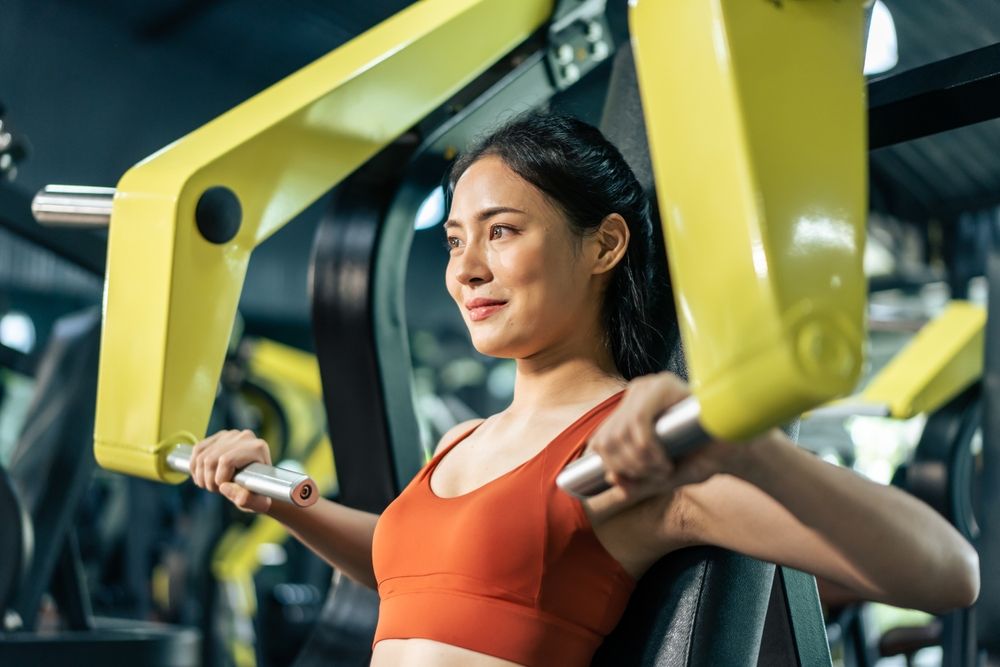
Targeting the Upper Chest
While overall chest development is vital, many fitness enthusiasts strive for a well-defined upper chest, known as the clavicular head of the pectoralis major. An impressive upper chest not only enhances your aesthetics but also contributes to functional strength. In this section, we'll explore the significance of focusing on the upper chest and provide insights into exercises and techniques to help you achieve your upper chest goals.
The Importance of Focusing on the Upper Chest:
The upper chest plays a pivotal role in achieving a balanced and well-sculpted chest. It's responsible for the fullness and definition of the upper part of your pectoral muscles, making it a crucial aspect of upper body aesthetics. A strong upper chest enhances the overall appearance of your chest and contributes to a well-proportioned physique. Moreover, it is essential for maintaining proper posture and shoulder health.
Exercises for Upper Chest Development, Including Incline Press:
To effectively target the upper chest, exercises such as the Incline Press are highly effective. The Incline Press is a variation of the bench press that specifically targets the upper chest muscles. Here's how to perform it:
1- Set the bench at an incline: Position the bench at a 30 to 45-degree angle.
2- Maintain proper form: Lie on the bench with your feet flat on the ground and your shoulder blades retracted.
3- Lift the bar: Grip the bar with your hands shoulder-width apart, and slowly lower it to your upper chest.
4- Push up: Press the bar back to the starting position.
The Incline Press provides a unique angle that focuses on the upper chest, making it an essential exercise for upper chest development.
Techniques to Engage the Upper Chest Effectively:
Engaging the upper chest effectively requires a nuanced approach. Here are some techniques to help you maximize your upper chest development:
1- Mind-Muscle Connection: Focus on contracting and engaging your upper chest during exercises. Visualize the muscle working to create a stronger connection.
2- Proper Incline Angle: Adjust the incline bench to the appropriate angle that targets the upper chest without straining the shoulders or causing discomfort.
3- Variations: Incorporate variations of the Incline Press, such as using dumbbells, to stimulate the upper chest from different angles.
4- Warm-Up: Before heavy lifting, perform a warm-up set to prepare your upper chest muscles for the workload.
By paying specific attention to the upper chest and incorporating targeted exercises and techniques into your routine, you can enhance your chest development.
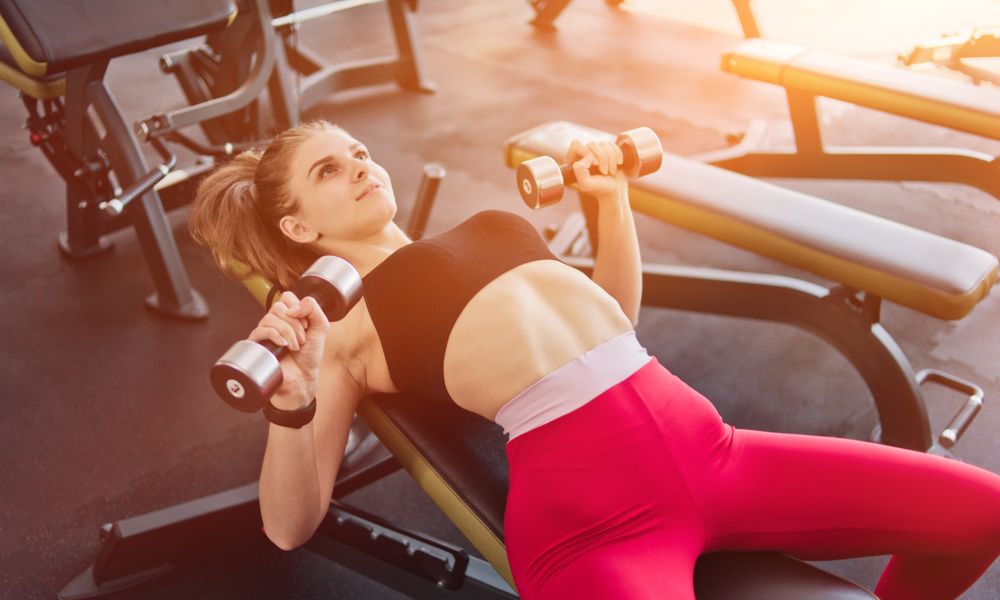
Dumbbell and Barbell Chest Exercises
Dumbbells and barbells are indispensable tools for effective chest workouts. In this section, we'll explore the advantages of incorporating these free weights into your routine and provide detailed guides on performing Dumbbell Chest Exercises, as well as the benefits of the Barbell Bench Press and its variations.
The Benefits of Using Dumbbells and Barbells:
Both dumbbells and barbells offer unique advantages for chest workouts:
Dumbbells:
- Independence: Each arm moves independently, helping correct muscle imbalances and engage stabilizer muscles.
- Range of Motion: Dumbbells allow a greater range of motion, enabling deeper stretches and improved muscle engagement.
- Versatility: Dumbbells are versatile for various exercises, making them valuable for total-body workouts.
Barbells:
- Strength and Stability: Barbells are excellent for building strength and muscle mass, as they allow you to lift heavier weights.
- Consistency: The straight bar path of barbell exercises helps maintain consistent form throughout the movement.
- Simplicity: They are straightforward to load and use, making them accessible for lifters of all levels.
Dumbbell Chest Exercises:
Dumbbells offer a wide range of chest exercises that can help you target different areas of your chest effectively. Here are some popular dumbbell chest exercises:
1- Dumbbell Bench Press: Lie on a flat bench with a dumbbell in each hand and press them upwards.
2- Dumbbell Flyes: Lie on a bench and open your arms wide in a controlled manner, engaging your chest muscles.
3- Dumbbell Pullovers: Lying on a bench, hold a single dumbbell with both hands and lower it backward.
4- Dumbbell Incline Press: Similar to the Incline Press with a barbell, but using dumbbells to target the upper chest.
5- Dumbbell Floor Press: Performed lying on the floor, this exercise provides a full range of motion.
The Barbell Bench Press and Variations:
The Barbell Bench Press is one of the most classic chest exercises and a staple in chest workouts. It helps build overall chest strength and muscle mass. To perform the barbell bench press:
1- Lie on a flat bench with your feet flat on the ground.
2- Grip the barbell slightly wider than shoulder-width.
3- Lower the bar to your chest, and then press it back up.
Variations of the barbell bench press include the incline bench press and decline bench press, each targeting different areas of the chest. The incline bench press emphasizes the upper chest, while the decline bench press focuses on the lower chest.
Incorporating dumbbells and barbells into your chest workouts allows you to target your pectoral muscles from various angles and with different levels of intensity. The versatility of these tools opens up a world of possibilities for a more dynamic and effective chest training regimen.
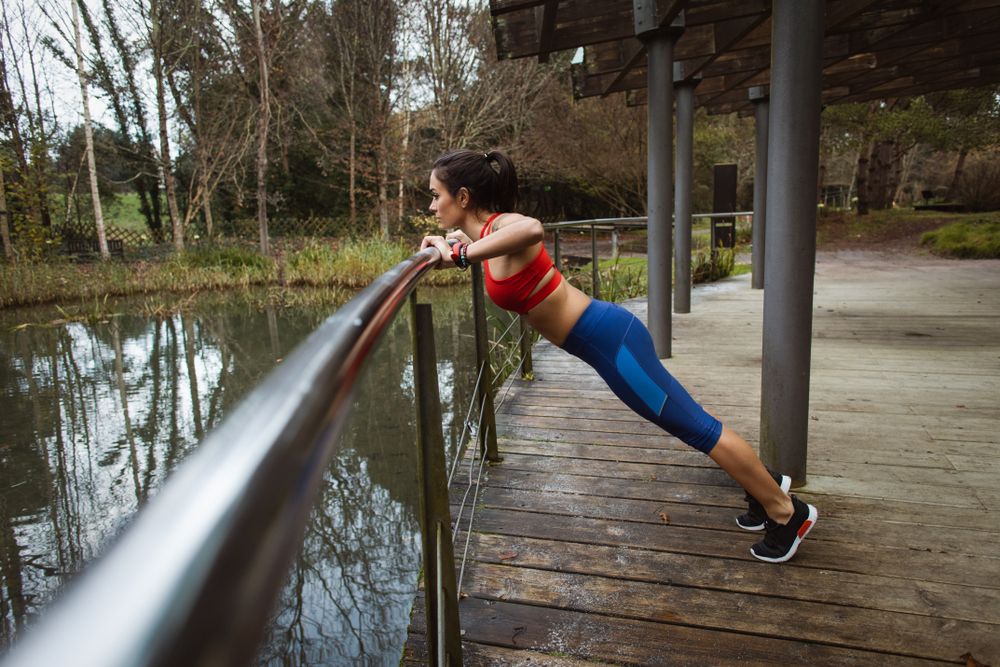
Alternative Chest Exercises
While bench presses and dumbbell exercises are the cornerstones of effective chest workouts, it's essential to introduce variety into your routine to stimulate muscle growth and prevent plateaus. In this section, we'll delve into alternative chest exercises that can help you build muscle mass, enhance strength, and target different aspects of your chest effectively.
Floor Press:
The Floor Press is a unique and effective exercise that's especially valuable for those who train at home or have limited equipment. Here's how to perform it:
1- Lie on your back on the floor with your knees bent and feet flat.
2- Hold a dumbbell in each hand or use a barbell.
3- Lower the weight to your chest, and then press it back up.
The Floor Press offers a full range of motion and is excellent for targeting your chest muscles.
Chest Dips:
Chest Dips are a bodyweight exercise that can be performed on parallel bars or even a sturdy surface at home. This exercise primarily targets the lower chest. To perform chest dips:
1- Grip the parallel bars with your arms extended.
2- Lower your body by bending your arms until your shoulders are slightly below your elbows.
3- Push your body back up to the starting position.
Chest dips are a fantastic bodyweight exercise for developing your pectoral muscles and adding variety to your chest workouts.
Push-Up Variations:
Push-ups are versatile and can be modified to target various aspects of your chest. Here are a few push-up variations that are effective for chest training:
1- Wide-Grip Push-Ups: Placing your hands wider than shoulder-width emphasizes the outer chest.
2- Diamond Push-Ups: Position your hands close together under your chest to focus on the inner chest.
3- Incline Push-Ups: Elevate your feet on a bench or platform to engage the upper chest.
4- Decline Push-Ups: Elevate your hands on a bench or platform to target the lower chest.
5- Weighted Push-Ups: Add weight plates on your back or wear a weighted vest to increase the resistance.
Integrating alternative chest exercises into your routine not only prevents monotony but also challenges your chest muscles in different ways. This variety can lead to enhanced muscle growth and overall chest development.
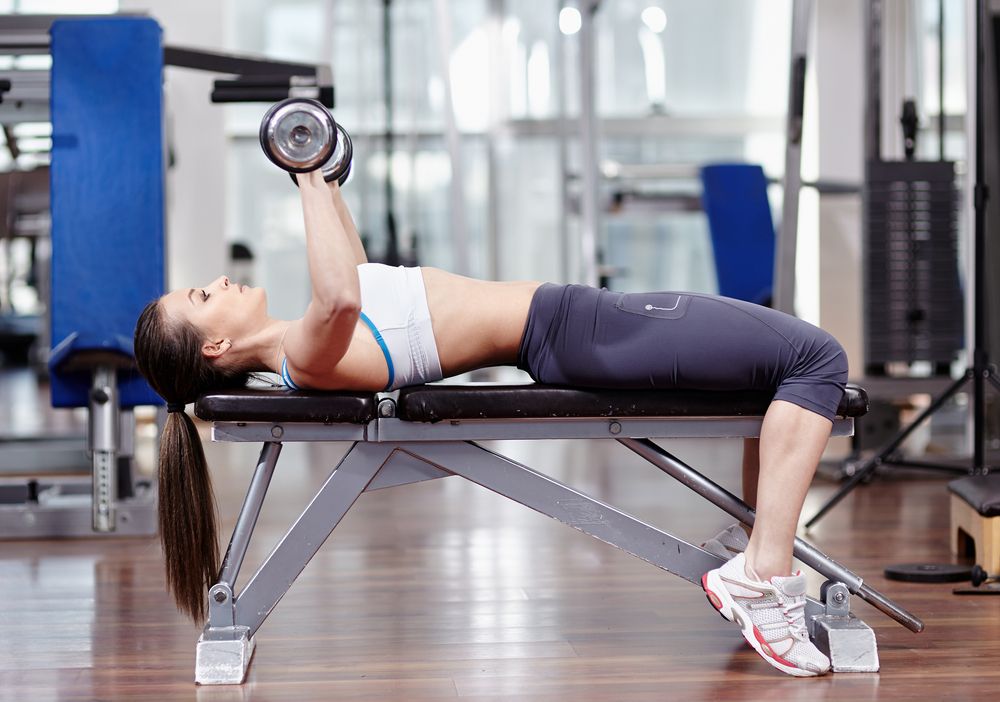
Protecting Your Shoulders and Maintaining Proper Posture:
In addition to engaging the chest effectively, it's essential to protect your shoulders and maintain proper posture during chest workouts. Here's how:
1- Shoulder Stability: Pay attention to the alignment of your shoulder joint during exercises. Avoid excessively flaring your elbows, which can strain the shoulder joint.
2- Elbow Position: Keep your elbows at a comfortable angle, roughly 75 to 90 degrees from your torso, to minimize shoulder strain.
3- Maintain a Neutral Spine: Keep your back in a neutral position, avoiding excessive arching or rounding. A neutral spine helps protect your lower back and maintain balance.
4- Full Range of Motion: Perform exercises through a full range of motion to ensure that you engage the chest muscles fully.
By following these tips and maintaining proper form and technique, you can make the most of your chest workouts while safeguarding your shoulders and overall posture.
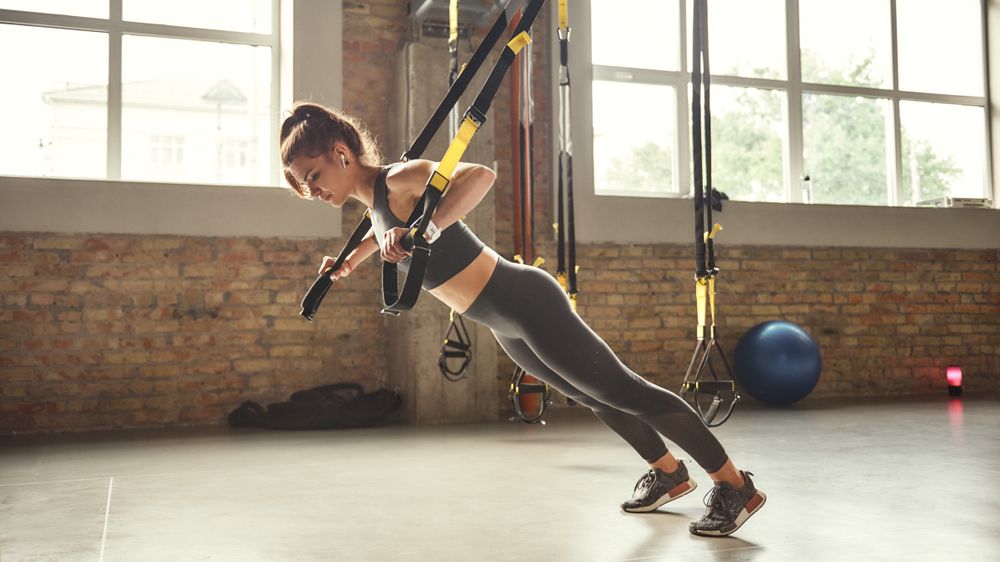
Creating an Effective Chest Workout Routine
Now that we've covered the fundamentals of chest workouts, it's time to put that knowledge into practice by designing an effective chest workout routine tailored to your specific goals. In this section, we'll explore the key elements of crafting a successful chest training plan and the significance of maintaining consistency to achieve your desired results.
Building an Upper Body Workout:
Effective chest workouts are often part of a more comprehensive upper-body training regimen. To design a well-rounded workout, consider including exercises that target other upper-body muscle groups, such as the shoulders and triceps. This balance is essential for overall upper body strength and aesthetics.
Balancing Pressing Movements with Overhead Movements:
Incorporating a variety of movements into your chest workout is essential for comprehensive development. In addition to pressing movements like bench presses, include overhead pressing movements like overhead shoulder presses to engage your shoulder muscles effectively.
Designing a Chest Training Plan Based on Your Goals:
Your chest training plan should align with your fitness objectives, whether you aim to build muscle mass, increase strength, or achieve a balance between the two. Consider factors such as exercise selection, sets, repetitions, and rest intervals, all of which can be adjusted based on your goals.
The structure of your chest workout may look like this:
1- Compound Exercises: Start with compound exercises like the bench press variations to target the entire chest.
2- Isolation Exercises: Follow with isolation exercises such as dumbbell flies to focus on specific areas of the chest.
3- Push-Ups: Incorporate bodyweight exercises like push-ups, which can be tailored to your current fitness level.
4- Overhead Presses: Complete your workout with overhead pressing movements to engage your shoulder muscles effectively.
Maintaining Consistency:
Consistency is the key to achieving long-term success in your fitness journey. Committing to a regular chest workout routine is vital for seeing results and making progress. As your fitness level improves, consider gradually increasing the intensity or the number of workouts per week to continue challenging your chest muscles.
Workout with Luxeit.com
And now, as you contemplate the wonders of a stronger, more defined chest and its role in your fitness journey, consider exploring another dimension of well-being – the world of Luxeit.com. Here, you can discover a range of activewear that embraces style, comfort, and fitness, empowering you to feel your best every day.
As you journey toward a healthier, stronger you, why not explore the world of Luxeit.com? Elevate your fitness game and make 2023 the year of wellness and style. The future is yours to shape, so start by exploring the possibilities today.
Luxeit.com offers a wealth of resources, from activewear that blends fashion and function to expert guidance and fitness solutions. Your fitness journey is a dynamic process, and Luxeit.com is here to support you every step of the way.
Thank you for joining us on this chest workout journey. It's time to put your knowledge into action and shape a healthier, stronger, and more confident you.
